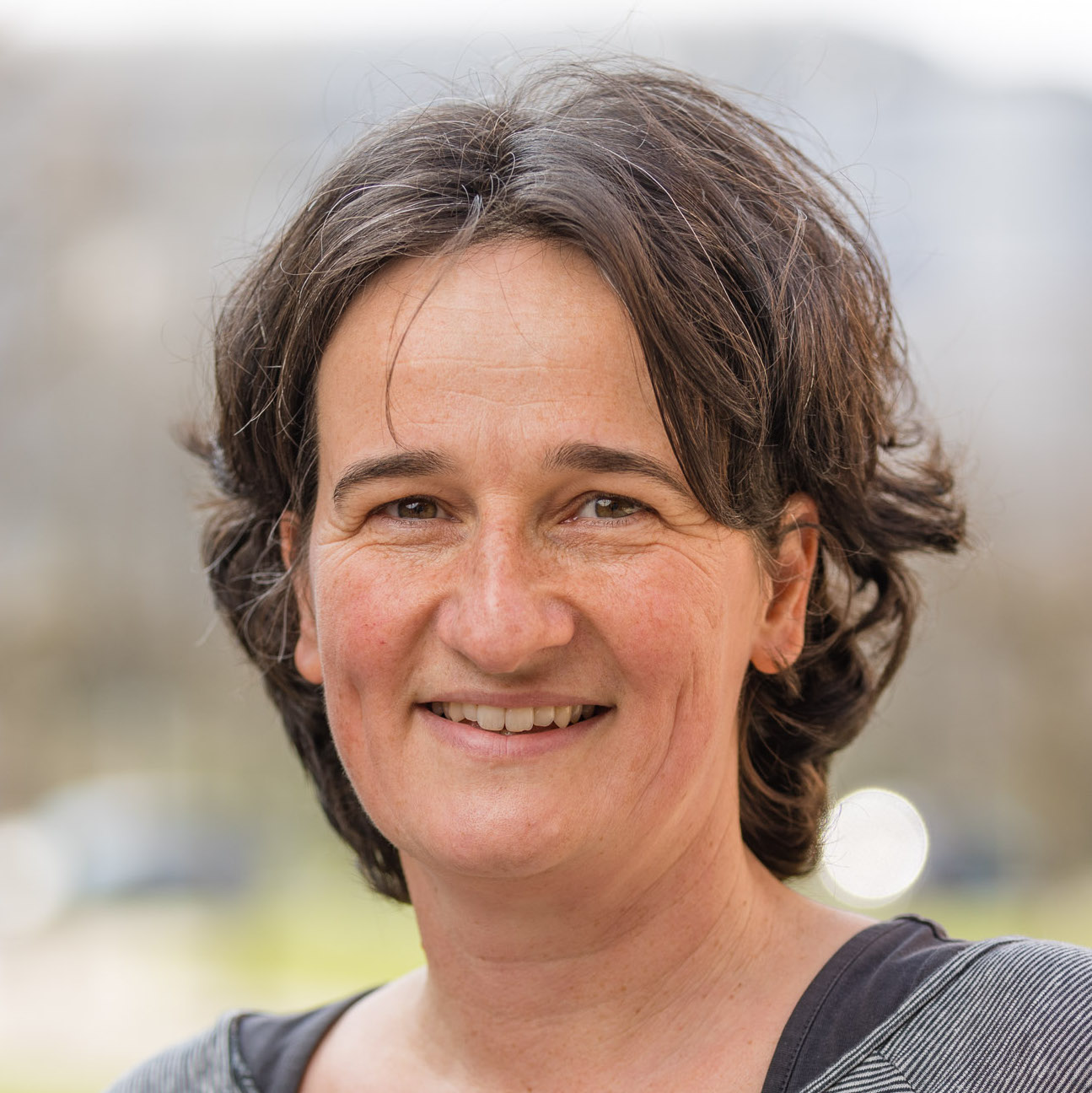Full Professor
Strategic program(s):
Biography
José Borghans runs an interdisciplinary research group, with a main focus on the quantification of leukocyte dynamics. She was originally trained as a theoretical immunologist at Utrecht University, and obtained her PhD in 2000 on studies of lymphocyte and MHC diversity. After her PhD, she started to work in experimental immunology laboratories, aiming to bridge the gap between wet lab experiments and mathematical modelling. Funded by a Marie-Curie Fellowship, she worked as a post-doctoral fellow at the Institut Pasteur in Paris studying lymphocyte homeostasis. During another postdoctoral period, funded by an NWO Veni grant, she worked at Sanquin Research in Amsterdam to study lymphocyte dynamics in HIV infection. She has been working at UMCU since 2004, funded by several NWO grants, and was appointed Associate Professor in 2009 and Full Professor of Quantitative Immunology in 2021. She has formed an interdisciplinary research group with Kiki Tesselaar, which facilitates the close integration of experimental and mathematical immunology. Using state of the art immunological techniques, including in vivo stable isotope labeling in mice and men, the group studies the dynamics of different types of leukocytes in homeostasis, during healthy aging and in different diseases, including leukemia, HIV infection, and post-stem cell transplantation. In addition, she is heading the Computational Immunology Core of the CTI, which brings together all researchers using computational techniques to study the immune system.
Research aim
Our mission is to comprehensively understand, monitor, and target immune-mediated inflammatory diseases such as IBD, AD and systemic autoimmune diseases. We aim to unravel (tissue) immune dysregulation and induce long-lasting disease modification.Research aim
We aim to obtain quantitative insights into the dynamics of leukocytes throughout the body, including their production, loss and migration. These insights are required to understand the immunological changes that occur in different diseases.Research aim
We bring together bioinformaticians, biostatisticians and mathematical modelers to develop new methodologies to interpret the complex datasets that are being generated by immunologists, and form a bridge between the wet and dry labs and the clinic.NWO (Netherlands Organisation for Scientific Research) Aspasia grant 2021
NWO Vici grant 2019
NVVI Thesis Award 2014 for the thesis of Liset Westera, under her supervision
NWO Aspasia grant 2009
NWO Vidi grant 2008
NWO Meervoud grant 2007
NWO Veni grant 2002
Marie-Curie Fellowship, EU, 2000
Young Researcher's Award, Unilever, 1996
Commissie lid ZonMw Open Competitie - Wetenschappelijke of maatschappelijke advisering en besluitvorming over verdeling middelen. - ZonMW
Course coordinator Comp. Imm. Course of the Master I&I (UMCU/UU) - Course coordinator - UU
Speaker’s fees for lecture sponsored by Takeda Nederland and lecture sponsored by Novartis - Lectures - Novartis, Takeda Nederland
Analyse GC/MS en data analyse - expertise deuteriumonderzoek - Center for Human Drug Research
Committee member for NWO-ENW Open competition and NWO Replication Studies - Committee member - NWO
Jaarlijks onderwijs voor Bachelor Klinische Technologie en Master Clinical Immunology - expertise modellering - Erasmus MC
Yearly teaching Conf. highly gifted children (UU), Clin. Imm. (VU) and Imm. Biol. (UU) - Teaching - UU, VU
Associate Editor - Immunology expertise - Frontiers Immunology
Grant reviewer: Israel Science Fund, Ctr for AIDS Research, Medical Research Council, Wellcome - Grant review based on expertise - Diverse, o.a. Wellcome, MRC
Yearly teaching bio-medical and medical students and Master’s I&I (UMCU/UU) - Teaching - UU
